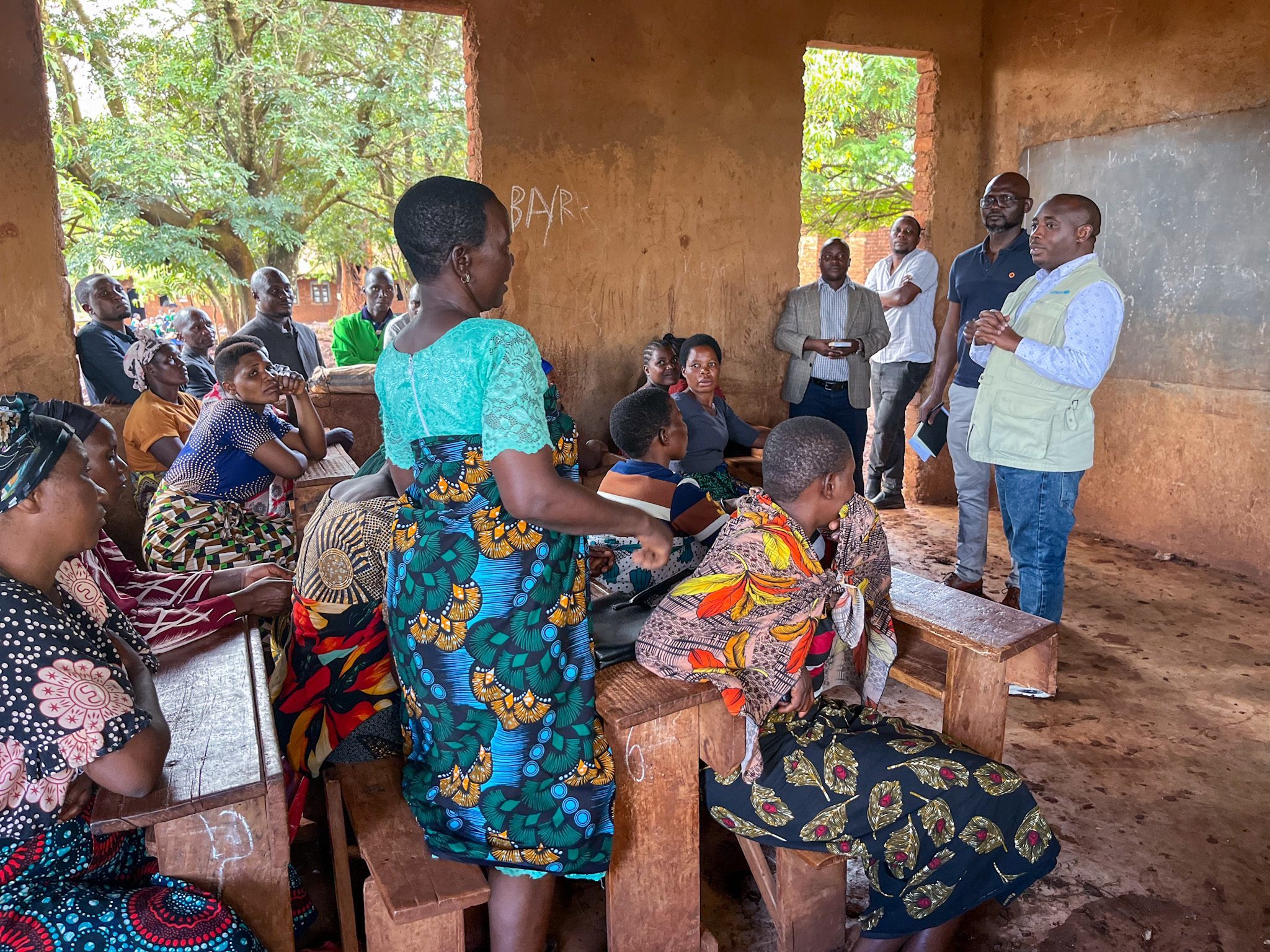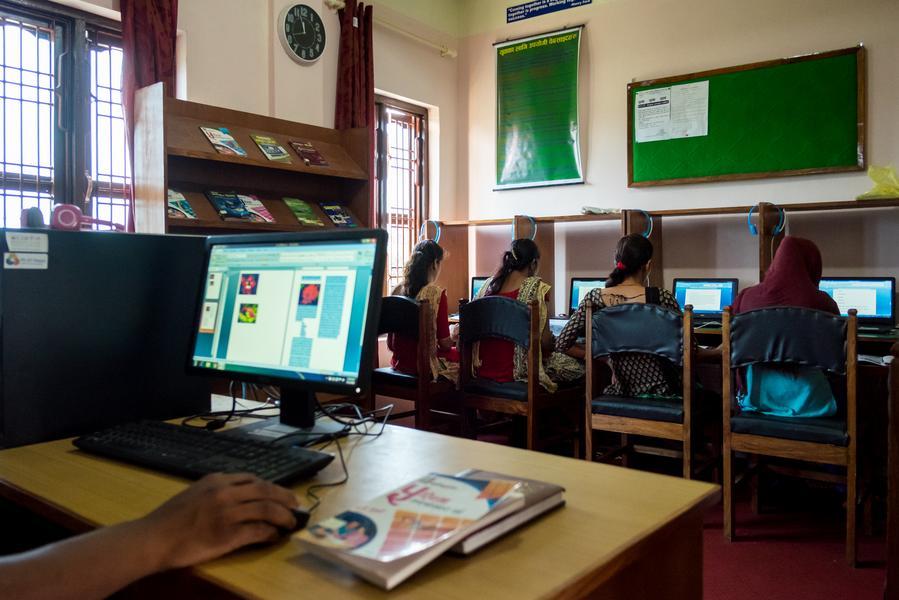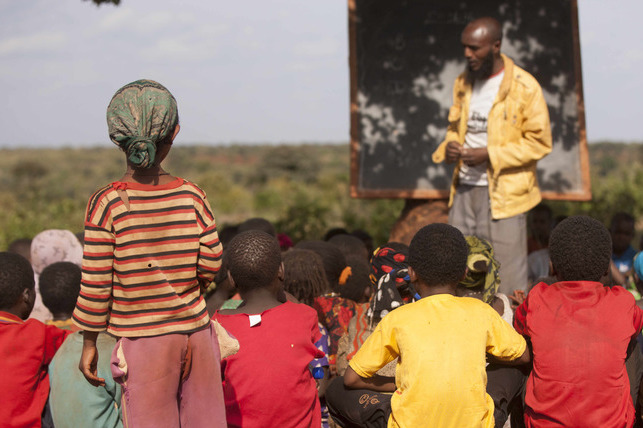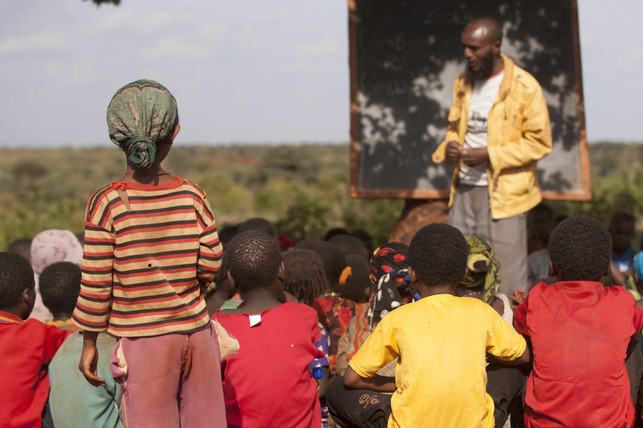Context and Issue
Over the past two decades, Ethiopia's education system has undergone significant strides under the country's associated sector development plan. According to the Ministry of Education (MOE), Ethiopia's primary enrollment has increased from 3.7 to 18.7 million students. However, despite this progress in access and quality, UNESCO UIS reported in 2015 that Ethiopia was home to as many as 2.2 million out-of-school children (OOSC) at the primary level. Furthermore, government statistics indicate that the primary completion rate is only 51.3 percent, with substantial variations between regions, where some areas have net enrollment rates far below the national average. Nonetheless, the Ethiopian Government remains committed to improving schooling. It has dedicated substantial shares of the national budget to education to ensure all children complete accessible, equitable, and quality primary education.
Solution
Leaders, Educators, and Parents (LEAP), a joint project by EAC and Imagine1day, was implemented in every primary school within seven target districts across Ethiopia's Oromia and Tigray regions: Alajide, Gasera, Goro, Harena Buluk, Kola Tambein, Tsegede, and Welkait. LEAP's overall goal was to contribute to increased access to equitable and quality primary education for children in these project locations through the enrollment and retention of 63,428 OOSC. In addition, LEAP aimed to:
- Raise the primary school gross enrollment rate in project locations
- Increase the proportion of school and district leaders with the capacity to lead OOSC enrollment and retention initiatives from 20 to 90 percent
- Retain 92 percent of the project-enrolled OOSC in the seven target districts
Impact
The Imagine1Day Ethiopia project achieved and overachieved almost all the indicators, including OOSC enrollment by 47%. Specific achievements included:
- Imagine1day schools utilized the community ritual of coffee ceremonies to engage community leaders and parents in discussions about OOSC issues. The conversations focused on OOSC identification, enrollment, retention strategies, and school improvement.
- Trained school leaders, Parent-Teacher-Student Associations (PTSAs), teachers, influential community leaders, and female leaders actively participated in Back-to-School Campaigns, emphasizing the enrollment and retention of out-of-school children and improving the academic performance of the enrolled OOSC.
- Educational materials were provided to orphans and vulnerable children in the seven targeted districts.
- New schools were constructed, and classrooms were equipped with desks.
- Training was provided for principals, teachers, and community members.
- Sports kits were distributed to all schools.












